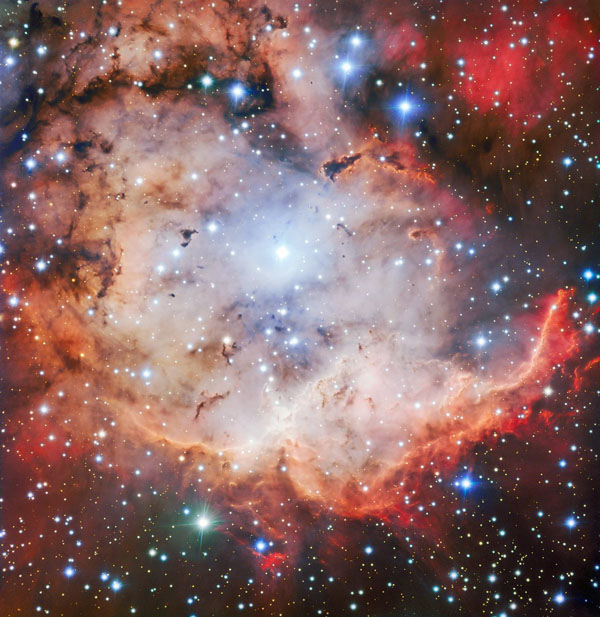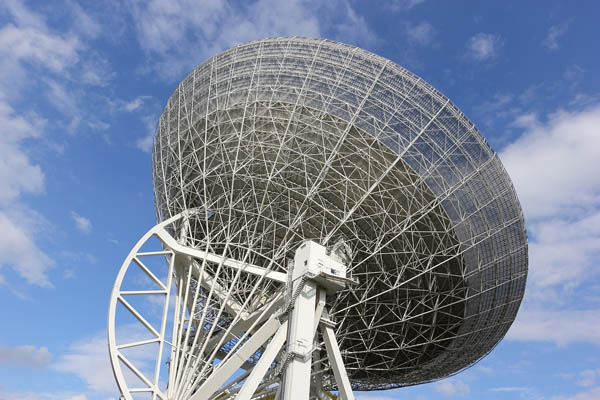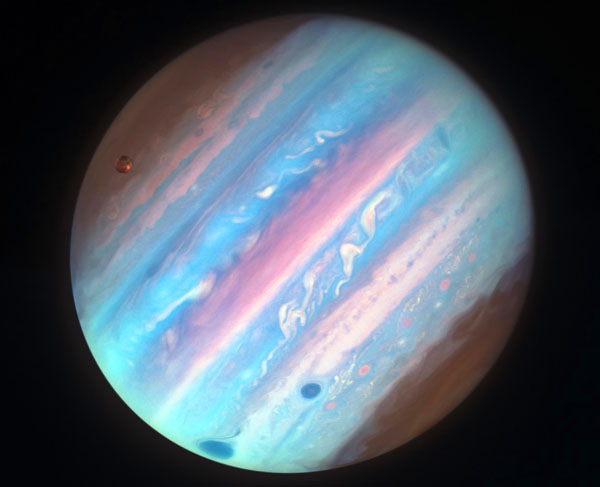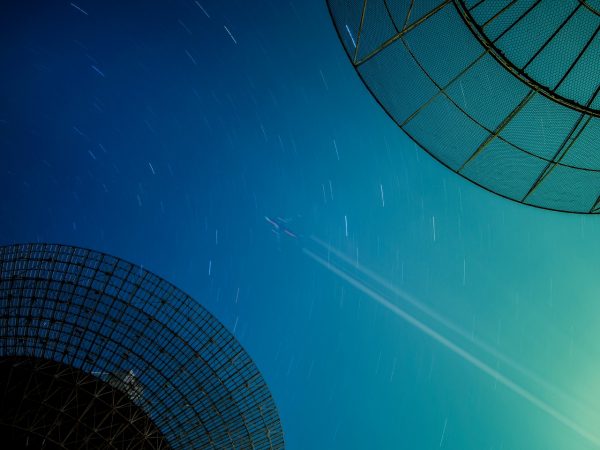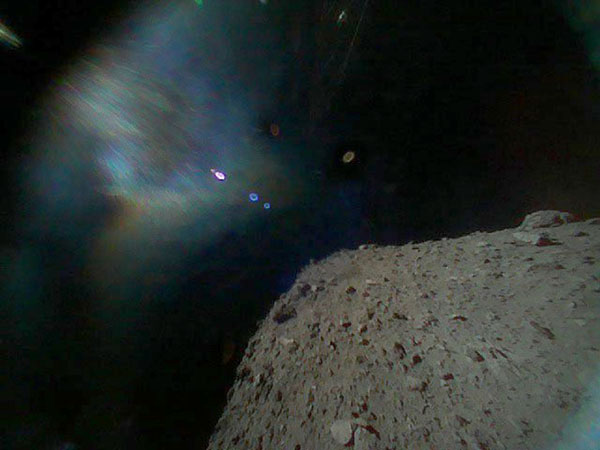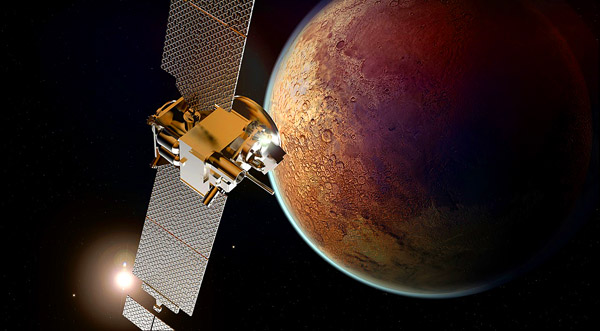SCIENCE: Space Shrinks Your Brain
Going to space does more than change the way you look at the world — it also changes your brain. In a new small study, published today (Oct. 24) as a Letter to the Editor in The New England Journal of Medicine, a team of researchers from Germany, Belgium and Russia detailed changes in the brains of 10 cosmonauts before and after long-term missions to space, finding “extensive” changes to the brain’s white and gray matter. What these changes mean for the cosmonauts is still an open question. “However, whether or not the extensive alterations shown in the gray and … Read more




